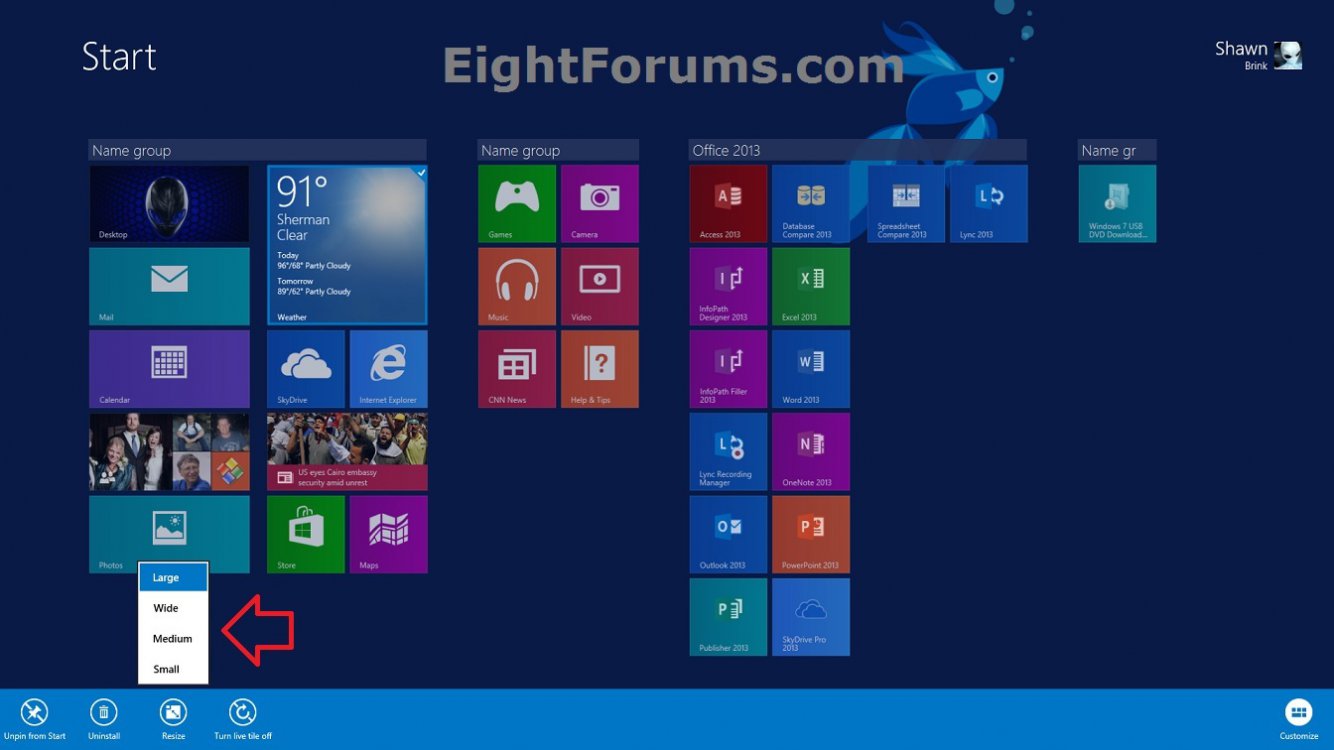
3D is just one of the many cues that can invite users to tap. That being said, flat design is not necessarily hopeless. Back in 2012, when Windows 8 came around, we noted that users had difficulty distinguishing content from chrome: people missed important buttons on the screen because they looked too much like plain text. In fact, if anything, it seems to be quite fashionable in the mobile world, with Android and especially Windows 8 toying with it at variable extent. In the absence of strong signifiers, they can get ignored, and users may find themselves lost and disoriented.įlat design is by no means Apple’s invention.
They need to have good affordances that invite users to action. While this decision reflects the well-publicized mobile precept that says to prioritize content over chrome, it can also cause confusion.īuttons and interface widgets, when present, need to be easily distinguishable from content.

What makes iOS 7 look so different from its previous incarnations is the decision to move the chrome into the backstage and leave the spotlight to the content. Let’s start with the elephant in the room: the flat design.

But is the new design really better? Whether you like the new look or not, some of the new features are welcome usability improvements, whereas others are likely to cause pain. The new look is drastically different from the previous operating-system iterations and it boldly parts with some of the conventions that Apple had worked hard to establish over the past 8 years. IOS 7, Apple’s operating system for their tablets and mobile devices, moves away from the skeuomorphic design that characterized earlier versions of iOS.


 0 kommentar(er)
0 kommentar(er)
